Does the Niplette suction corrector work for inverted nipples?
If you have any inverted nipple then you may have heard of the Niplette suction corrector.
It was developed by a plastic surgeon and you can buy them over the counter and use it at home to apply pressure to the nipple to coax it out.
What Is It?
The Niplette suction corrector is non-surgical solution for inverted nipples. It is a small device that consists of a silicone cup that fits over the nipple with a tube connected to a portable suction unit. It works by applying gentle negative pressure to the nipple to encourage it to protrude outwards.
It is important to use it regularly and it should be used consistently for best results.
You need to take care to keep the device clean as well as looking after the skin of your areola because the constant pressure could cause irritation of your skin. It is also important to achieve an airtight seal.
Who Is It For?
If your nipples are not constantly inverted and when they are, it is possible to coax them out and they stay out (grade 1 inverted nipples), then it would be worth trying the Niplette suction corrector.
- it is painless and a cost-effective option when compared with surgery
- it might be useful to encourage your nipples to be more accessible in preparation for breastfeeding
- there are few side-effects apart from the potential irritation of the skin around your areola
I have found that it can work for mild cases of nipple inversion when the nipple is only occasionally in, but I do not think that the pressure is sufficient to pull a more deeply inverted nipple out.
What If It Doesn’t Work?
It can take a long time to achieve long-lasting results and sometimes it may not be completely effective.
The patients that I see, usually have the more severe grades of inverted nipple (grade 2 or 3) and will often report that the Niplette will bring the nipple out when it is on but it then retracts once the suction cup is removed.
I do not find this surprising because when it comes to surgery, which usually involves cutting the shortened milk ducts, it can be difficult to cut through the ducts with a scalpel.
If the Niplette does not work, then you could consider surgery to correct your inverted nipples.
The most effective way to do this is to cut the shortened milk ducts that are causing the nipple inversion and this means that you will not be able to breast feed in the future.
Surgery can be done under local anaesthetic in our clinic in Birmingham and the procedure takes less than an hour with minimal scarring.
If you have inverted nipples, you can have a consultation with one of our plastic surgeons and arrange treatment on the same day.
Click the button below to request prices and more information.

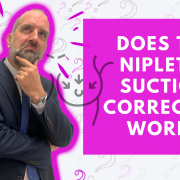
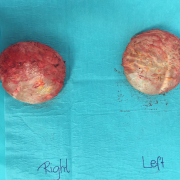
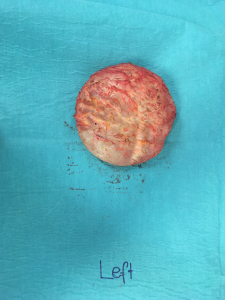
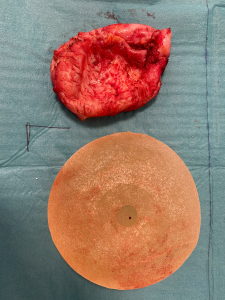
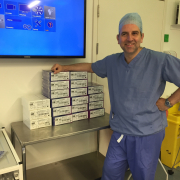
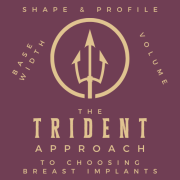
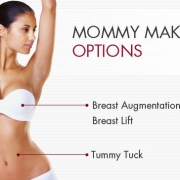

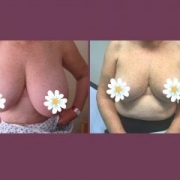
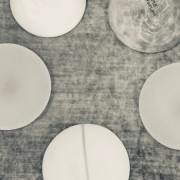


#askjj
Read Jonathan's book now!
Jonathan is on a one man crusade to revolutionise the image of cosmetic surgery and is passionate about spreading his message about cosmetic surgery training.